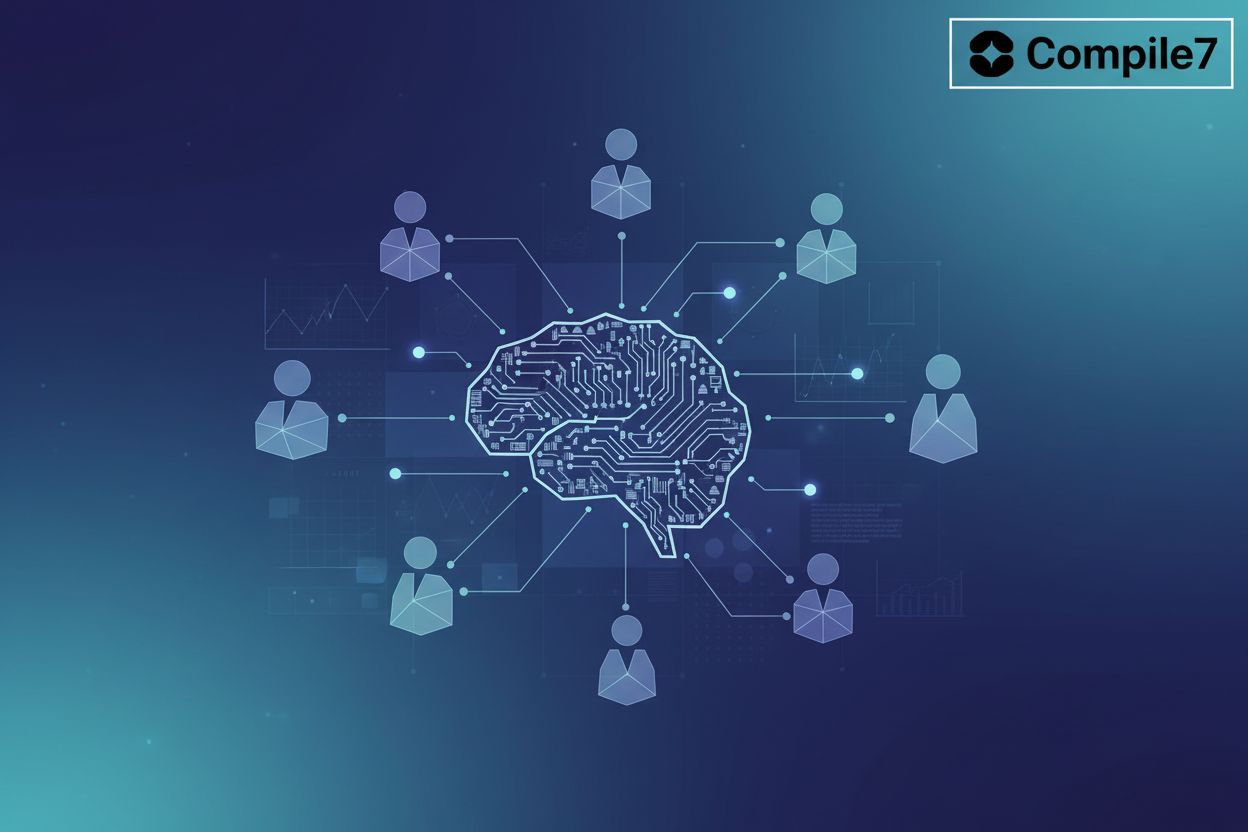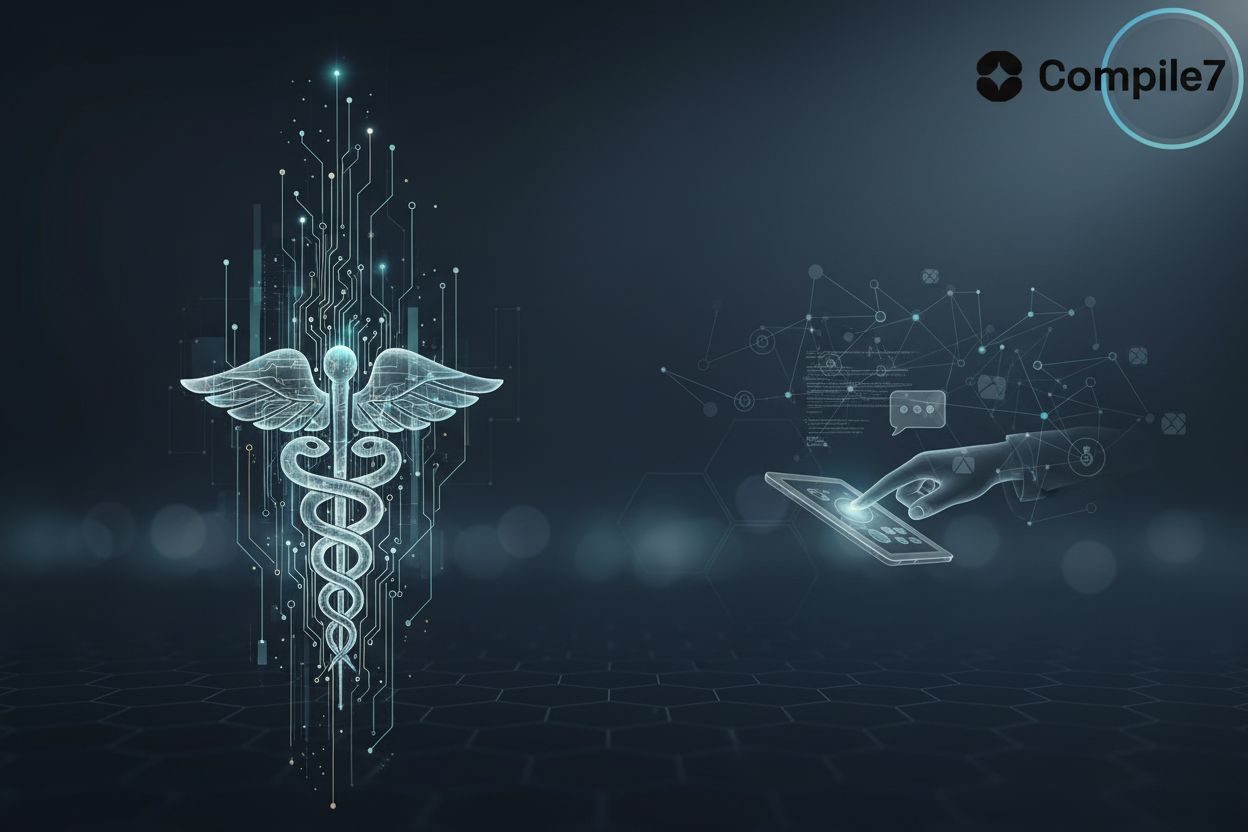AI Agent Showdown ReAct Versus Reflexion
TL;DR
Understanding AI Agent Architectures The Foundation
Alright, let's dive into what makes these ai agents tick, shall we? It's actually not that complicated, even if it sounds like it is.
Basically, every ai agent has to be able to sense things, think about them, and then do something. Perception, reasoning, and action - that's the trifecta! It's like, if it can't see, think, and act, is it really an agent?
- Perception is how the agent takes in info - could be text, images, whatever.
- Reasoning is what it does with that info - figuring out what it all means.
- Action is what it then does - makes a decision, sends an email, moves a robot arm - you know.
The way these things are put together - the architecture - that's what really decides what they're capable of. Are they quick and reactive, or slow and deliberate? It all depends on the blueprint.
There's a ton of ways to skin this cat, from simple reactive systems to more complex deliberative ones. And hybrid setups? Yeah, they're a thing too.
So, next up, we're going to zoom in on what defines these architectures in a bit more detail, and one of the most interesting ones is ReAct.
ReAct Synergizing Reasoning and Acting
So, ReAct blends reasoning and action, but how does it actually do that? Let's get into the nuts and bolts, shall we?
Here's the breakdown:
- Alternating Reasoning and Action: ReAct alternates between thinking and doing in a loop. The ai agent ponders a problem, then acts on the environment, gathers info, and repeats. This back-and-forth is key.
- Language Models for Both: A language model handles both the "thinking" and the "doing." It dreams up reasoning and spits out actions, making it pretty versatile.
- Reasoning Traces as Guides: What's cool is that the ai creates a "reasoning trace" - a kind of breadcrumb trail of its thoughts - to keep actions on track. For example, if an agent is trying to book a flight, its reasoning trace might show steps like "Identify destination," "Search for flights," "Select best option," and "Confirm booking." This trace helps it remember what it's supposed to be doing and avoid getting sidetracked.
This approach can be seen in everything from customer service chatbots to complex data analysis. And it's not limited to just text-based tasks!
Yeah, it's not perfect. ReAct can struggle with memory, get stuck in loops, and lacks serious long-term planning - but hey, nobody's perfect, right?
Next up: let's check out Reflexion, which takes a different approach to learning.
Reflexion Learning Through Self-Reflection
Okay, so, Reflexion is all about agents that learn by thinking about their past mistakes. It's like, can AI have a "should have done that differently" moment? Turns out, kinda!
- Self-reflection as a Core Component: Reflexion makes ai agents better by adding self-reflection. They look back at what they did and figure out where they screwed up.
- Using Feedback and Critique: It's not just about remembering mistakes; it's about using that info to do better next time, which is a big step up from just reacting to things. This feedback can come from external sources, like a human user pointing out an error, or from the agent's own internal evaluation of its output. The agent then processes this critique to adjust its strategy.
- The Role of Memory: The agent stores what it learns so it can use past experiences to make smarter choices in the future.
This is pretty cool because it lets ais actually learn from their errors, kind of like we do. This improvement is evident when an agent, after failing a complex task, can analyze its previous failed attempts, identify the specific points of failure, and then adjust its approach to successfully complete the task on subsequent tries.
ReAct Versus Reflexion A Detailed Comparison
Alright, so, how do ReAct and Reflexion stack up against each other? It's not quite apples to oranges, but they definitely got different strengths.
- ReAct alternates between reasoning and acting; it's like thinking, then doing, then thinking again. This makes it quick, but it can also get stuck if it messes up early.
- Reflexion, on the other hand, adds a loop for self-reflection. It's not just about acting, but about thinking about why it acted, and if it went wrong.
- Memory management's different too. ReAct keeps a running "trace" of its thinking, while Reflexion really focuses on storing and using feedback from past attempts.
So- yeah, different strokes for different folks. Now, let's think about how these architectures fit into the real world.
Choosing the Right Architecture for Your Business Needs
So, when it comes to picking between ReAct and Reflexion, it really boils down to what your business actually needs. Not just the hype, but the real, practical stuff.
- Task complexity is a big one. Is it a quick back-and-forth, or a winding road? ReAct's great for simpler stuff but Reflexion shines when things get twisty. Think customer service: ReAct handles basic FAQs, but Reflexion tackles tricky complaints.
- Data availability also matters. Does the ai need to learn from past mistakes? Reflexion needs that data to, y'know, reflect. For example; in algorithmic trading, where past performance data guides future strategies.
- Don't forget computational resources. Reflexion's extra loop for self-reflection needs more juice.
- Finally, there are your business objectives. Do you need speed or accuracy? ReAct's quicker, but Reflexion's more thorough.
Bottom line: There's no one-size-fits-all. It depends on your use case, plain and simple.
Future Trends and Directions in AI Agent Architectures
Alright, so what's next for ai agents? It's not just about making them smarter, but making them work together better.
- Multi-agent systems are gaining traction; it's like building a team of ais, each with their own expertise, to tackle bigger problems. Think of it as a virtual task force that can automate complex processes, with agents coordinating their efforts to achieve a common goal.
- Hybrid architectures are also on the rise, blending different approaches to get the best of both worlds. This is about creating ais that are flexible and can adapt to different situations. For instance, an agent might combine ReAct's quick decision-making with Reflexion's learning capabilities for more robust performance.
- Don't forget explainable ai (xai), so we can actually understand how these agents are making decisions. It is really important for trust and accountability.
So- yeah, it's an exciting time.
Conclusion
Okay, so, wrapping things up, it's clear ai agents are evolving fast, right? It's kinda wild how far they've come- but where does that leave us?
- ReAct shines with its straightforward approach, seamlessly blending reasoning and action, making it a go-to for moderately complex tasks. Think of it as the reliable all-rounder in your toolkit.
- Reflexion steps it up by adding that crucial self-reflection loop, allowing agents to learn from their mistakes and adapt strategies—perfect for tackling those twisty, winding problems.
- choosing the right architecture boils down to matching the ai's skills with the task.
So, yeah, it's not a one-size-fits-all kinda deal and its pretty important to understand that. The future of AI agents is looking pretty dynamic, with these architectures forming the building blocks for even more sophisticated and capable systems.







